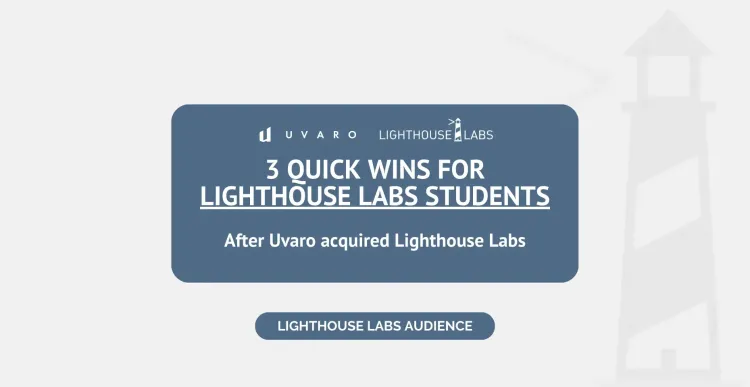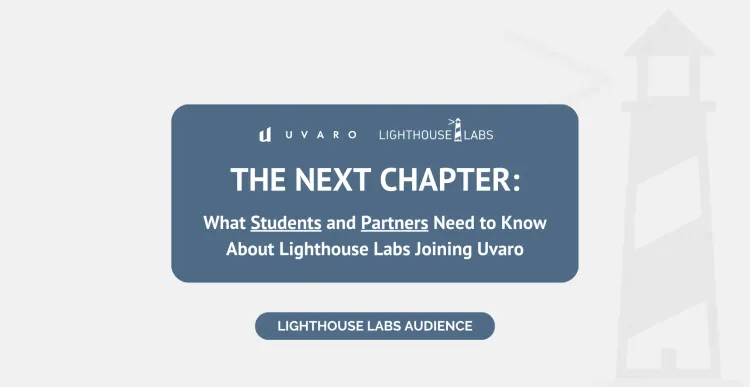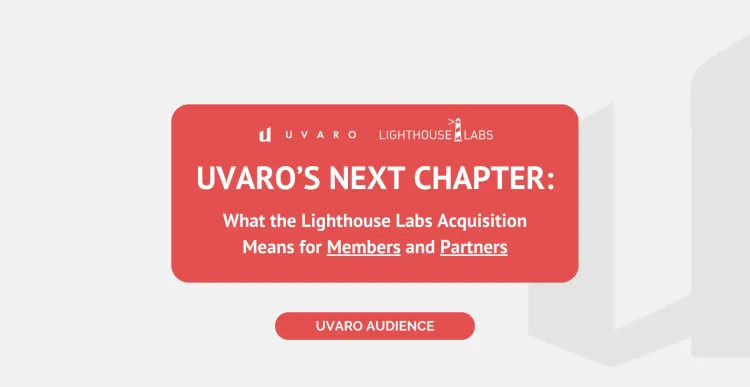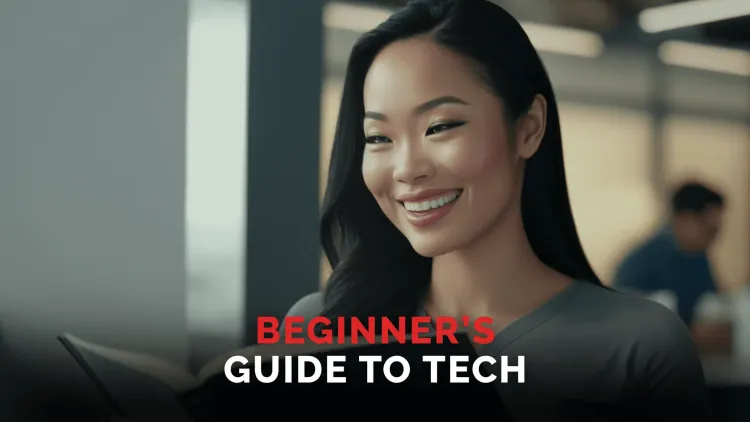The Truth Behind Ivy League Endowment Funds Amid Rising Tuition Costs
What are the Ivy League endowments, how much money do they have, what tax breaks do they get, and why should you care? Learn how the richest universities in America manage to stay rich.

Sep 12, 2024
When speaking about Ivy League Endowments, we’d be remiss not to mention inflation. That buzzword appears everywhere nowadays, from news articles to online forums. It’s impossible to avoid in a world where it continues to rise, rendering the dollar worth less and less. Tuition is no exception to this rise in prices, with thousands of dollars added to the burden of students’ shoulders each year.
Many higher education institutions financially benefit from inflation, including certain Ivy League schools. These institutions—despite an annual increase in endowments—continue to raise their costs for student fees, learning materials, and tuition. This serves to make education inaccessible to anyone in a mid to low-income household. Fortunately, there are options for those who wish to derive from the traditional university education but still achieve Career Success.
What’s an Ivy League Endowment Fund?
If you’ve never heard of an endowment fund before—or if you have but can’t make heads or tails of it—this can all feel confusing. Basically, an endowment is when one or more private entities donate money to an organization. It’s like if one or more people threw their money into a hat and then the owner of the hat said "That’s an endowment fund.” If that money is then invested—let’s say you use it to make and sell lemonade—then the profits from that investment are then also considered part of the endowment fund.
College endowments are just that: private donations and the investment profits made from those donations. Thus, there are certain tax implications to making such 'donations'. But is it really a donation if you make a return? These numbers vary based upon the institution, but sources like U.S News report that some of the largest college endowments surpass the GDP of certain countries.

What creates this gap between the top 1% of schools and other universities?
Schools with the largest endowments hold an advantage over their competitors, with the Ivies being some of the richest in the world. In fact, by nearly doubling return rates of endowments under $100 million, schools such as Harvard, Yale, and Princeton successfully grew their Ivy League endowments 10x over between 1980 and 2016.
This inequality between Ivy League endowments and the rest was first sparked in the 1980s with the introduction of new financial growth techniques that made the university and investors more money at the expense of employees. Without getting into the nitty gritty, universities put money in their own pockets while laying off employees, cutting their wages, and reducing their benefits. Labor unions suffered too, making it extremely difficult for workers to fight this injustice.
Because of the return, these investors were seeing, many private financiers — often using social leverage and connections — joined forces with Ivy endowment managers to raise millions of dollars. This union brought financiers onto the influential boards of these top private universities with voting power, and this relationship continues today. Financiers provide consistent donations to ensure their endowments earn higher and higher returns, and therefore they see a personal return on their investments as well.
Public universities earn none of such profits. It stands to reason that they do not offer enough incentives for rich financiers. It’s clearer that these donations” aren’t donations at all, but rather offer huge tax breaks and returns to donors.
What are the numbers?
According to the U.S news rankings, 5 of the 8 official Ivy League schools rank in the top 10 for the largest endowments as of 2020, with the top 4 being Harvard, Yale, Stanford, and Princeton. The University of Pennsylvania and Columbia University also earned a spot on the list in 6thand 10thplace, respectively.
U.S News announced that the highest endowment receiver, Harvard University, obtained a grand total of nearly $41.9B at the end of 2020. In October 2021, Forbes announced that this number rose to $53.2B. Likewise, the other 2 Ivies, Yale, and Princeton rose from $31.1B to $42.3B and from $28.9B to $37.7B respectively. Most of the other Ivies expressed similar increases.

With these large Ivy League endowments, it’s estimated that the largest, Harvard, possesses an endowment of $10M per undergraduate student. Brown University, the Ivy League member with the least endowments, still possesses slightly over $1 million per undergraduate student.
How does this impact students?
With $10M per student, it stands to reason that tuition costs for these elite schools MUST be lower. Or at least there must be many bursaries and scholarships available, right?
The 2021-2022 school year introduced a 1% increase in tuition among all privately ranked colleges, regardless of the COVID-19 pandemic and the strenuous impact it had on families. Out of all the tuition prices, schools like Harvard, Yale, and Princeton reigned the highest, charging around $80,000 for tuition, room, and board. These happen to be the schools who also hold the most endowments.
Ivy League endowments deal with little to no taxes, and Ivy League universities experience a similar tax cut on property and other investments, something critics suggest is the result of their guise as educational charities. Ivy League endowments continue to rise in the billions of dollars each year, the universities themselves pay little to no taxes on any of their assets, and their tuition, room, and board steadily rise with each school year, despite the money the institutions produce.
How do these schools remain so expensive?
While some might be lucky enough to receive financial aid, $80,000 per year stands as a bewildering amount within the Ivy Leagues considering their financial gains. Surely, as educational institutions—especially one that paints itself as an education charity—they have the best interest of their students in mind, right?
In this case, the numbers don’t add up.
Charging such fees only contributes to the student debt crisis, a problem becoming more and more relevant in today’s world. Forbes implies that these increasing rates even cause issues within other universities as well, as they grow inclined to increase their own rates. This in turn creates a country of students overwhelmed by the pressures of student loan debt, with some choosing to give up on education altogether. Why bother, they think, when seeking knowledge will throw them into debt for most of their life, if not for the rest of it?
One theory suggests that Ivy League schools and other prestigious higher-education institutions don’t NEED to lower tuition fees. They have control over the market—and therefore don’t need to compete for demand—and rely too greatly on financiers seeing a return on their investments.
The prestige that comes with being Ivy-educated, however, is slowly dwindling. With the most recent tech boom, there are much cheaper, and more relevant alternatives to college or university. Debt is not and should not be a barrier to receiving education and bettering oneself, especially when the only people benefitting are doing it unethically.
Where do you turn to?
Companies like Uvaro offer programs and Courses to assist students in their learning. Uvaro understands that people deserve to learn the skills and discover the knowledge they need to help them expand their professional careers. We focus on Courses that are easily accessible and offer students practical knowledge through the lens of online learning.
Working with real and seasoned instructors, these courses assist in developing soft skills, providing one on one assistance in the form of coaching sessions and hours of guided independent study.
Uvaro prioritizes its members’ desire to achieve personal Career Success above all else. Not everyone can or wants to attend an expensive 4-year university such as the Ivies, but that doesn’t mean they don’t deserve a practical and in-depth education that sets them up to have a successful well paying career. By choosing the education AND support that Uvaro offers, the everyday student will gain the knowledge they need to succeed, without the hefty debt that comes with it.





